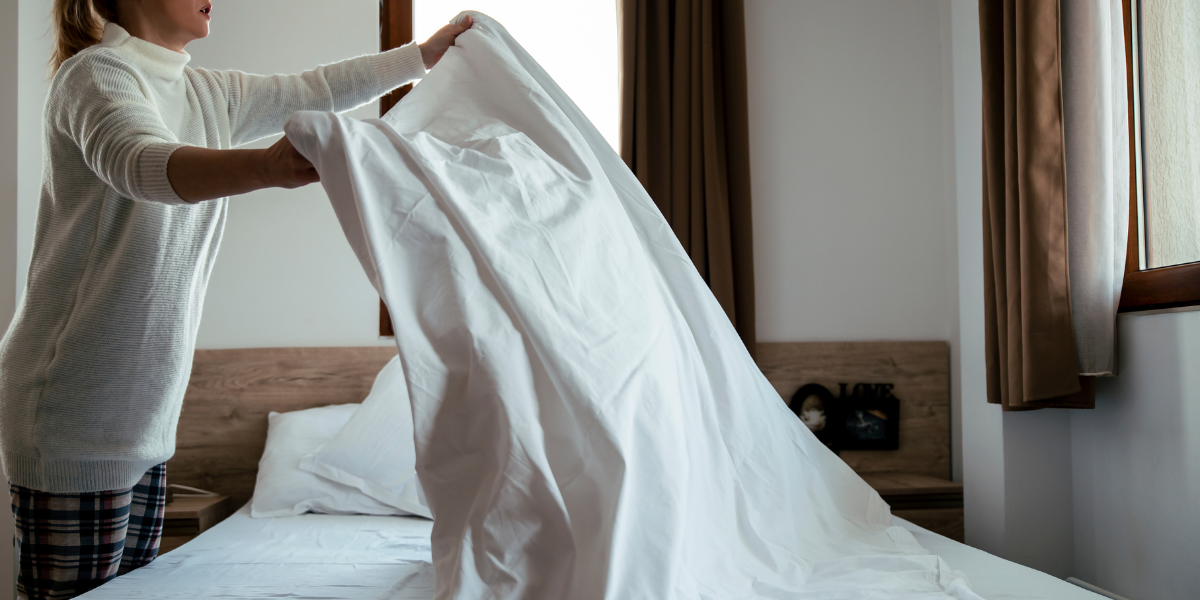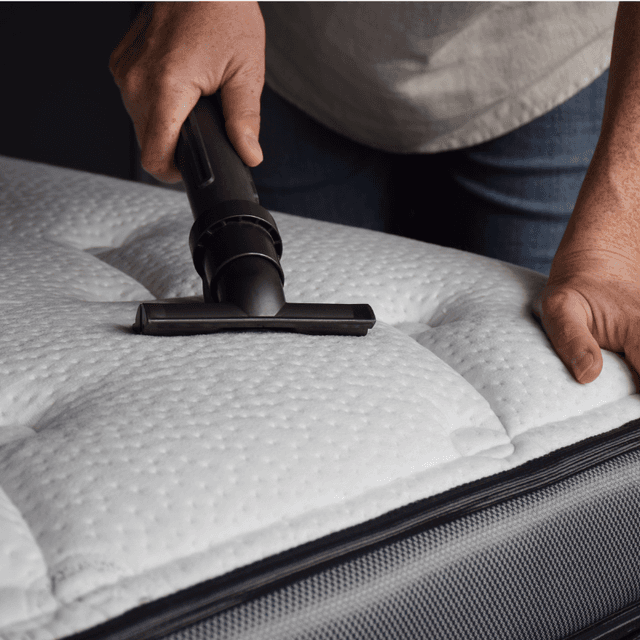
Dust mites are one of the most common allergens found in homes worldwide. These microscopic creatures thrive in warm, humid environments and feed on dead skin cells that humans naturally shed. For people with dust mite allergies, exposure to these tiny pests can trigger a range of uncomfortable symptoms, including sneezing, coughing, itchy eyes, and even asthma attacks.
One popular solution that many allergy sufferers turn to is dust mite mattress covers. But do these protective barriers actually work? In this comprehensive guide, we'll explore the science behind dust mite mattress covers, their effectiveness, and whether they're worth the investment for managing your allergies.
Understanding Dust Mites and Their Impact
Before diving into mattress covers, it's crucial to understand what dust mites are and why they pose such a problem for allergy sufferers. Dust mites are tiny arachnids, related to spiders and ticks, that are invisible to the naked eye. They measure about 0.2 to 0.3 millimeters in length and live for approximately 65-100 days.
These creatures don't actually bite humans or live on our bodies. Instead, they inhabit our bedding, carpets, upholstered furniture, and other fabric items throughout the home. They feed primarily on the dead skin cells that we naturally shed - humans lose about 1.5 grams of dead skin daily, which is enough to feed millions of dust mites.
Why Mattresses Are Dust Mite Hotspots
Mattresses provide the ideal environment for dust mites to thrive:
Warmth: Body heat creates the perfect temperature for dust mites
Humidity: Moisture from perspiration and breathing provides necessary humidity
Food source: Abundant dead skin cells accumulate in bedding
Protection: Mattress fibers provide shelter and hiding places
A typical used mattress can contain anywhere from 100,000 to 10 million dust mites, making your bed potentially one of the most allergen-rich areas in your home.
What Are Dust Mite Mattress Covers?
Dust mite mattress covers, also known as allergen-proof or allergy mattress protectors, are specially designed encasements that completely surround your mattress. These covers are made from tightly woven fabrics or specialized materials that create a physical barrier between you and the dust mites living in your mattress.
Key Features of Effective Dust Mite Covers
Pore size: Fabric weave with pores smaller than 10 micrometers to block dust mites and their waste products
Complete encasement: Covers that zip completely around the mattress, leaving no openings
Breathable material: Allows air circulation while blocking allergens
Washable: Can be cleaned regularly to remove accumulated allergens
Do Dust Mite Mattress Covers Actually Work?
The short answer is yes - when used correctly, dust mite mattress covers can be highly effective at reducing allergen exposure. However, their success depends on several factors and proper implementation.
Scientific Evidence
Multiple studies have demonstrated the effectiveness of dust mite-proof covers:
A study published in the Journal of Allergy and Clinical Immunology found that dust mite-proof covers reduced allergen levels by 85-95% in mattresses
Research in the Annals of Allergy, Asthma & Immunology showed significant improvement in asthma symptoms among patients using allergen-proof bedding
Clinical trials have consistently shown reduced need for allergy medications when dust mite covers are used as part of a comprehensive allergen avoidance strategy
How They Work
Dust mite mattress covers work through several mechanisms:
Physical barrier: They prevent dust mites from moving between the mattress and the sleeping surface
Allergen containment: They trap existing allergens within the mattress
Reduced food source: They limit dust mites' access to dead skin cells
Easy cleaning: They provide a washable surface that can be regularly cleaned
Choosing the Right Dust Mite Cover
Not all mattress covers are created equal. To ensure maximum effectiveness, look for covers that meet these criteria:
Fabric and Construction
Pore size under 10 micrometers: Essential for blocking dust mites and their waste
Tightly woven cotton or polyester: Provides durability and effectiveness
Laminated fabrics: Some covers use polyurethane lamination for extra protection
Design Features
Full encasement: Must completely enclose the mattress with a zipper
Secure zipper: High-quality zipper that closes completely
Breathable yet protective: Allows air flow while blocking allergens
Proper Installation and Maintenance
Even the best dust mite cover won't be effective if not used properly. Here's how to maximize their benefits:
Installation Steps
Clean the mattress thoroughly before installation
Encase the entire mattress, ensuring no gaps or openings
Zip the cover completely closed
Cover pillows and box springs with similar allergen-proof covers
Use allergen-proof sheets and pillowcases for complete protection
Maintenance Requirements
Regular washing: Wash covers every 2-4 weeks in hot water (130°F/54°C)
Proper drying: Use high heat in the dryer to kill any remaining dust mites
Inspection: Regularly check for tears or zipper damage
Replacement:Replace covers every 2-3 years or when damage occurs
Limitations and Considerations
While dust mite mattress covers are effective, they have some limitations:
Not a complete solution: They only address mattresses, not other dust mite habitats
Initial cost: Quality covers can be expensive upfront
Maintenance required: Regular washing and eventual replacement needed
Comfort concerns: Some covers may feel different or make noise
Alternative and Complementary Strategies
For maximum dust mite control, combine mattress covers with other strategies:
Humidity control: Keep indoor humidity below 50%
Regular cleaning: Vacuum frequently with HEPA filter
Temperature management: Wash bedding in hot water weekly
Air purification: Use HEPA air purifiers in bedrooms
Conclusion
Dust mite mattress covers do work and can be a valuable tool in managing dust mite allergies when used correctly. They provide significant allergen reduction and can improve symptoms for many allergy sufferers. However, they work best as part of a comprehensive allergen avoidance strategy that includes proper humidity control, regular cleaning, and other dust mite reduction measures.
If you're considering dust mite mattress covers, invest in high-quality options that meet the criteria outlined above, and be prepared to maintain them properly for optimal effectiveness. While they require an initial investment and ongoing care, the potential improvement in sleep quality and allergy symptoms makes them worthwhile for many people with dust mite sensitivities.
